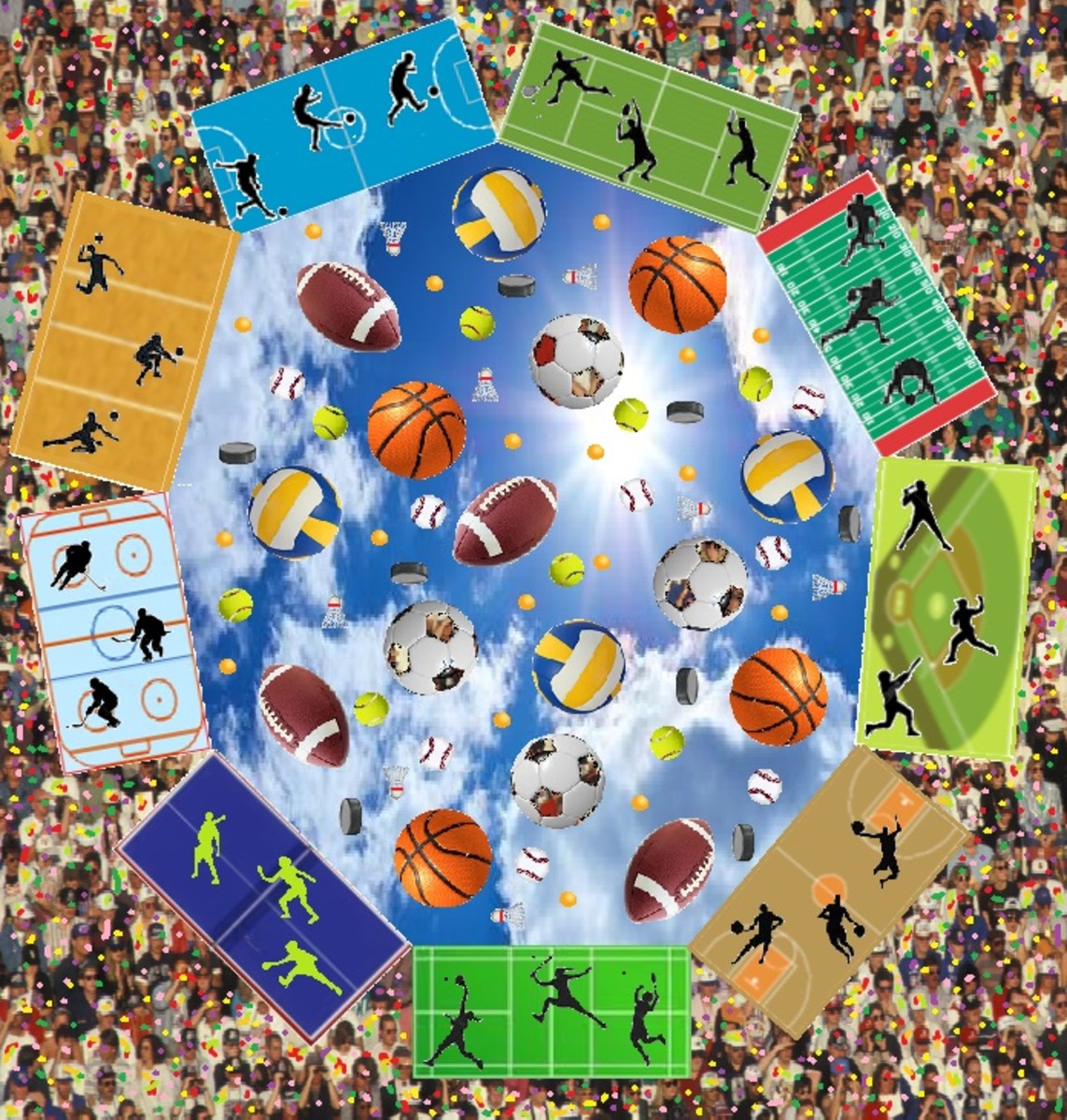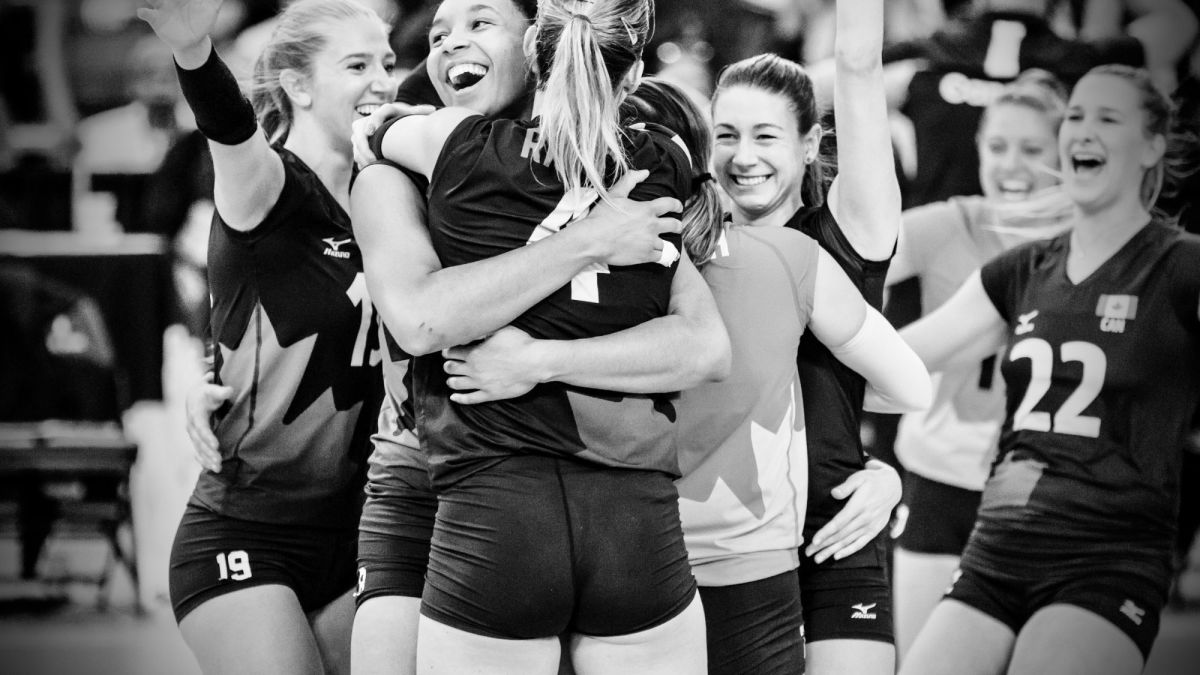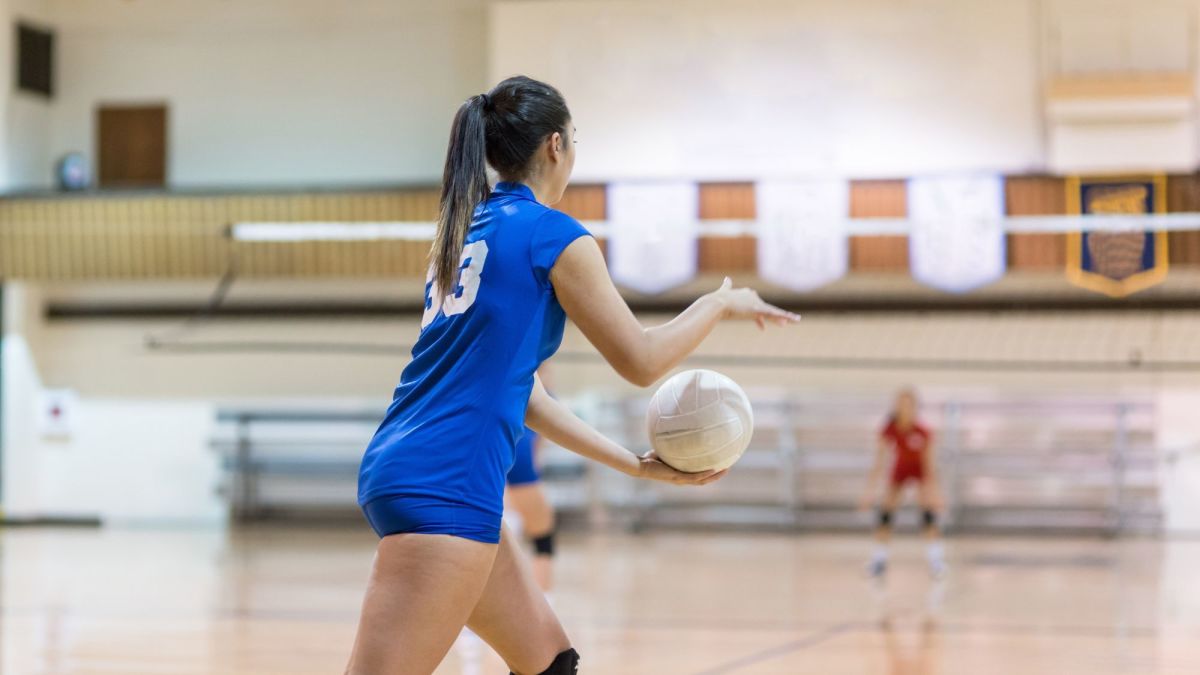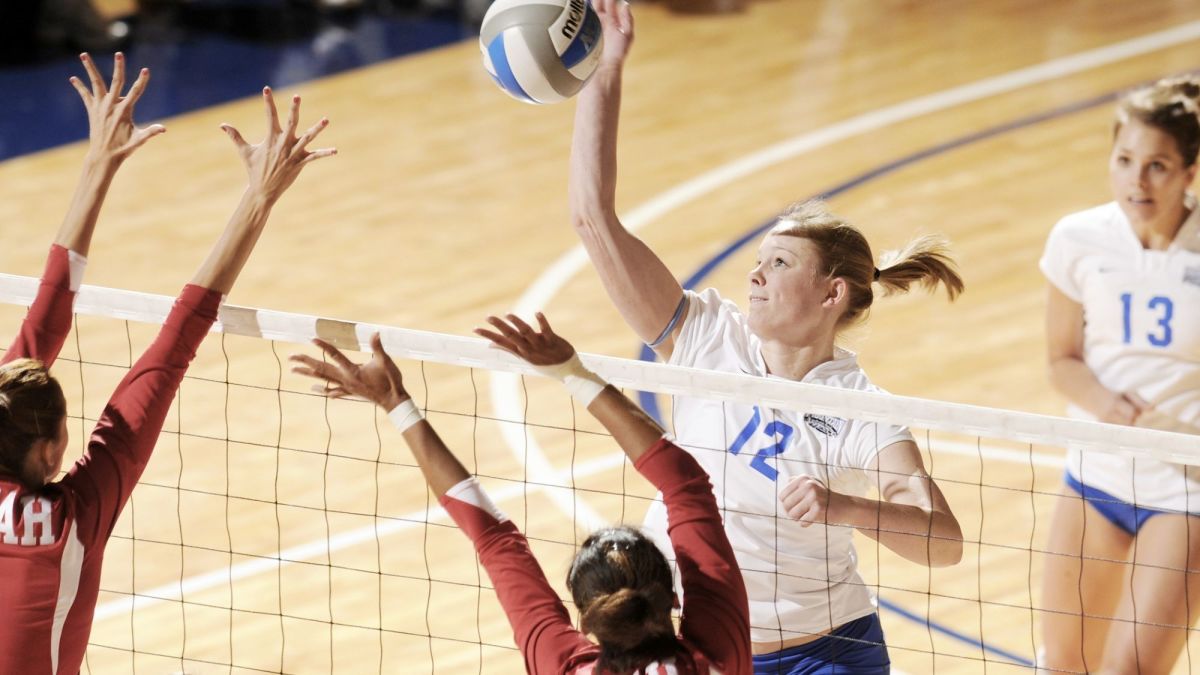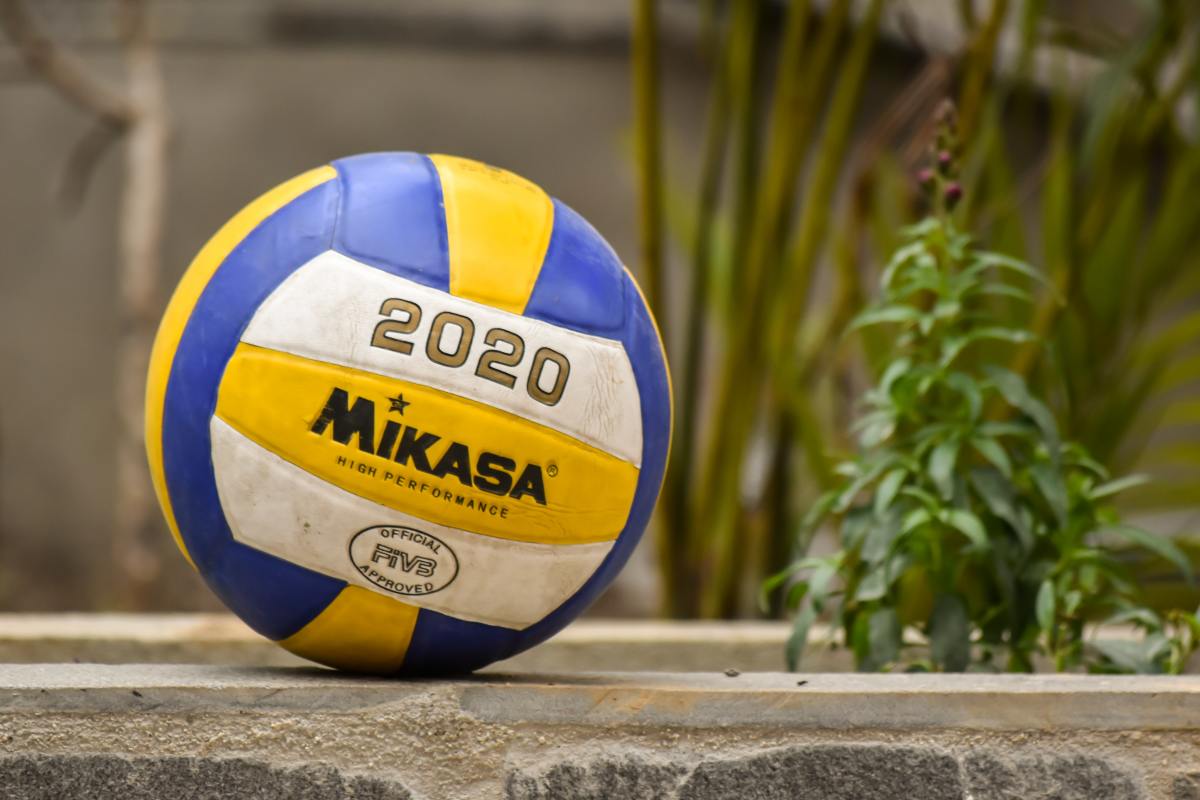An Intro to Defensive Strategy in Volleyball
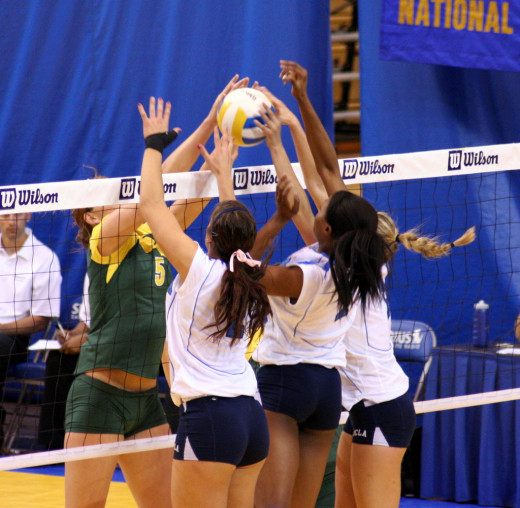
An optimal defensive volleyball strategy will depend to some degree on the size of the team, while other tips are relevant to any form of volleyball. The importance of defensive technique during the game also varies; for example, it is often much more important in reverse coed double games than in six-player volleyball. However, it still goes without saying that any team that works on their defensive skills has a better chance of winning than those that only focus only on offense.
A common mistake in volleyball is to spend so much time focusing on offensive prowess that defensive ability suffers. Ideally, your team should work on improving both its offensive and defensive capabilities. The optimal defensive strategy will vary somewhat from one situation to another.
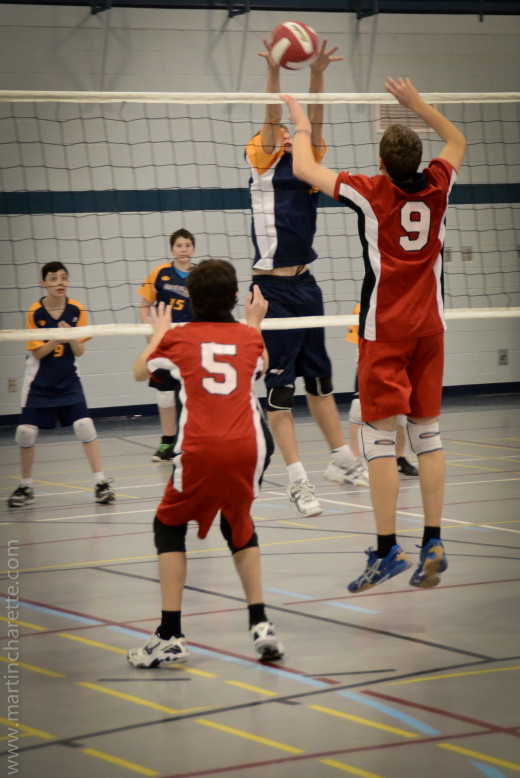
Players
Players should be selected to ensure that the team is equipped with a balance of defensive skills. For example, when playing reverse doubles, one player needs to be a good back-row defender while the other should be a strong up-front blocker who can also set well. Ideally, the players in one team should all be at the same skill level to prevent opponents from constantly serving to the player whom they perceive to be the weakest.
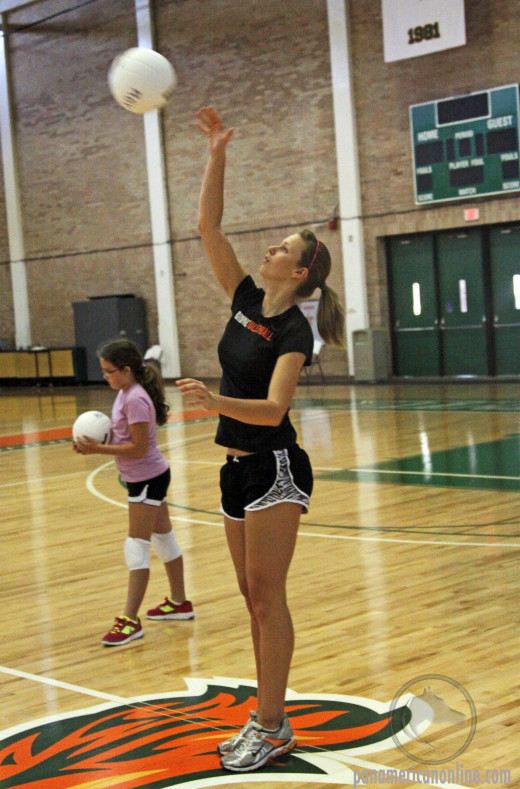
Layouts
A typical layout for a four-on-four game is a diamond formation, in which players do not rotate positions. Generally, the fastest player should cover the back, while the two tallest players block in the center. For alternative layouts, or for games with a different number of players, teams can choose to use either one or two of the taller players as blockers. When the team uses just one blocker, he alone covers the entire net. Two blockers have the options of either taking half the net each or both covering the whole net to form a double block.
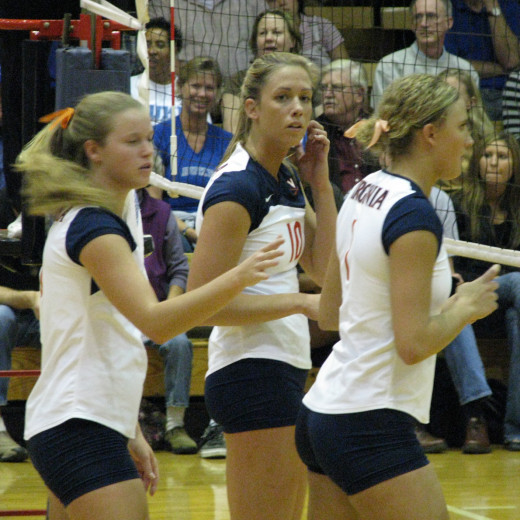
Strategy
An important aspect of defense is simply figuring out what offensive strategy the opposing team plans to implement and then counteracting it to reduce their effectiveness. Most teams will have about two or three favorite hits that they use frequently. Identifying these early allows your team to more effectively defend against them. No matter what your defensive strategy, however, you should strive to remain lose and flexible as you play. If a particular scheme is not working, you should be fluid enough to adopt a new one as necessary before you find yourselves seriously outplayed.
What do you think is the best age to learn to play volleyball?
References
Strength and Power for Volleyball: "Winning Volleyball"
VBREF: "Sand/Outdoor Doubles Volleyball Strategy for the Indoor Player"
Volleyball Advisors: "Volleyball Blocking Strategies"
Capital City Volleyball Club: "Volleyball Strategies and Defense"
Capital City Volleyball Club: "Critical Aspects in Defense Strategies"


